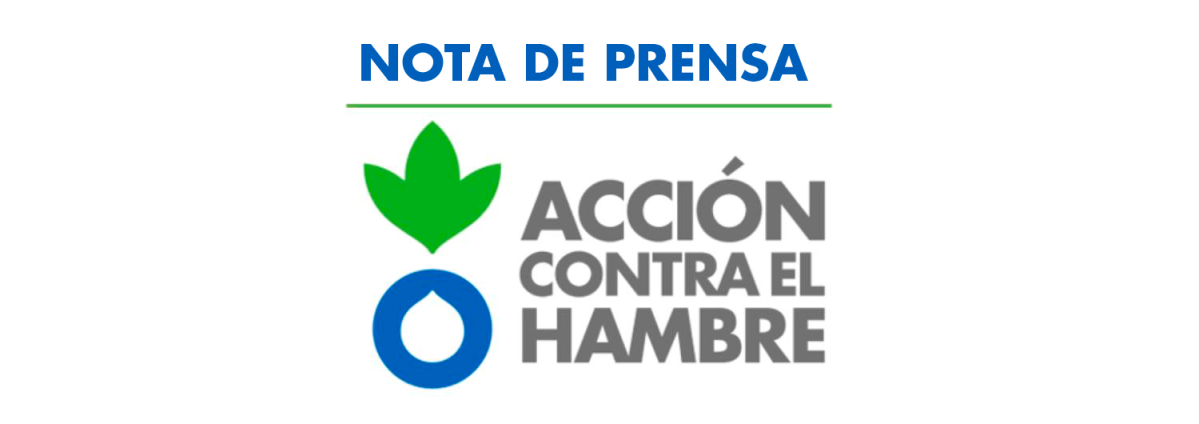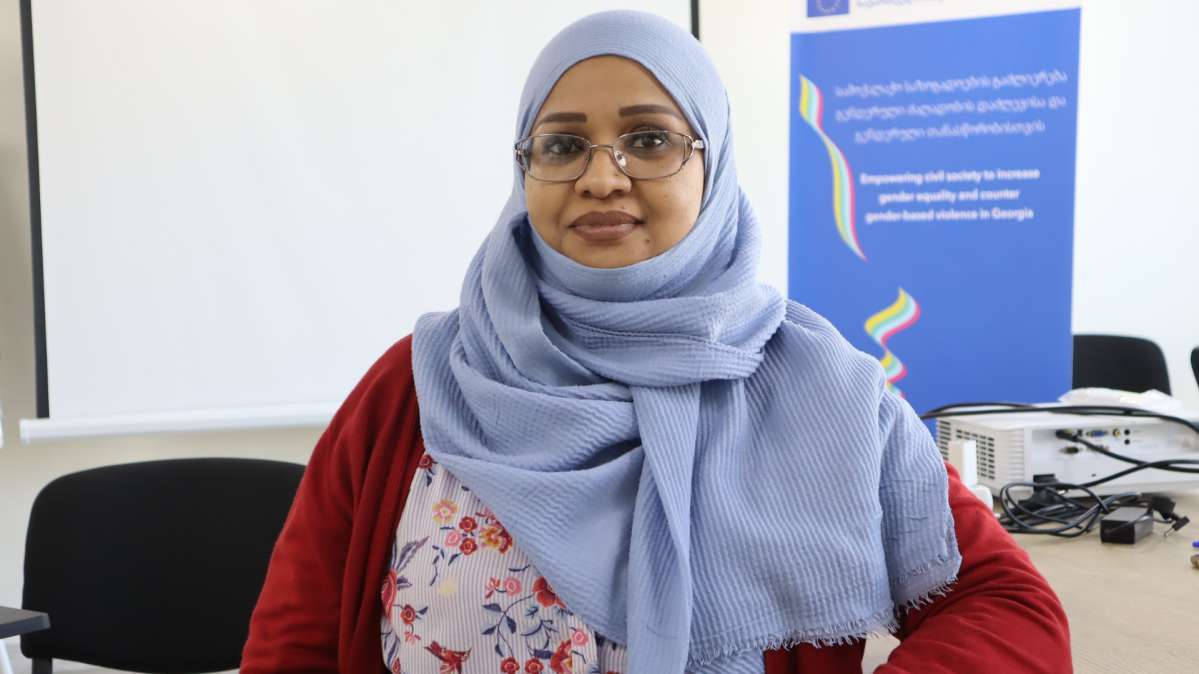
Humanitarian context
Clashes between the Sudanese Armed Forces (SAF) and the Rapid Support Forces (RSF) have jeopardized stability in the country and the population's access to food and basic services such as health, health and safety. In addition, they have obstructed the work of humanitarian organizations and seriously deepened the already existing food insecurity in the country, leaving thousands of children without the treatment they need for undernutrition. It is estimated that approximately 3 million children under the age of five suffer from undernutrition every year in the country.
In Sudan, 50% of acute child undernutrition is associated with repeated diarrhoea or infections linked to poor water, sanitation and hygiene.
BENEFICIARIES
Workers
Our activity
In 2023, Action Against Hunger in Sudan prioritised the recovery of its operational capacity, as well as the collection and dissemination of key data and indicators to raise awareness of the situation so that additional funds can be raised in 2024 to improve its capacity. Since the outbreak of the conflict, access to beneficiaries has become a major challenge in the country, and AAH has focused on maintaining its operations in all areas of intervention, regardless of the armed group in control.
Some 20.3 million Sudanese (approximately 42% of the population) have experienced high levels of food insecurity (IPC Phase 3 onwards; crisis level and above) and a prevalence of global acute malnutrition estimated at 13.6%. More than 14.7 million people lacked access to primary health care and 15 million people needed water, sanitation and hygiene assistance. The increase in gender-based violence affected 6.7 million women and girls.
Action Against Hunger's health and nutrition interventions reached 213,826 people through the provision of food, essential drugs, emergency health kits and community-based management of acute malnutrition, as well as primary health care services in 44 health centres and seven hospitals. In order to meet the most urgent needs in the most difficult-to-reach areas, a system involving both headquarters and the field mission has been put in place to provide our team in the Central Darfur region with medical equipment, essential drugs and ready-to-use therapeutic food.
Cash assistance was provided to 3,295 targeted households (about 19,770 people) for food, and agricultural inputs (seeds and tools) were distributed to 692 households (4,152 people) in the White Nile, Blue Nile and South Kordofan states.
The provision of water and sanitation services, hygiene promotion and the distribution of non-food items helped restore dignity and reduce the impact of waterborne diseases for 184,197 people in South Kordofan, Blue Nile and White Nile.
Gender and protection interventions helped 11,461 people, 41 community protection networks were restructured and 2,800 community members participated in 16 days of activism against gender-based violence.
WHERE WE HELP
We help 24.5 million people each year. We work in 55 countries in Africa, Asia, Latin America and Europe, those most threatened by hunger.

